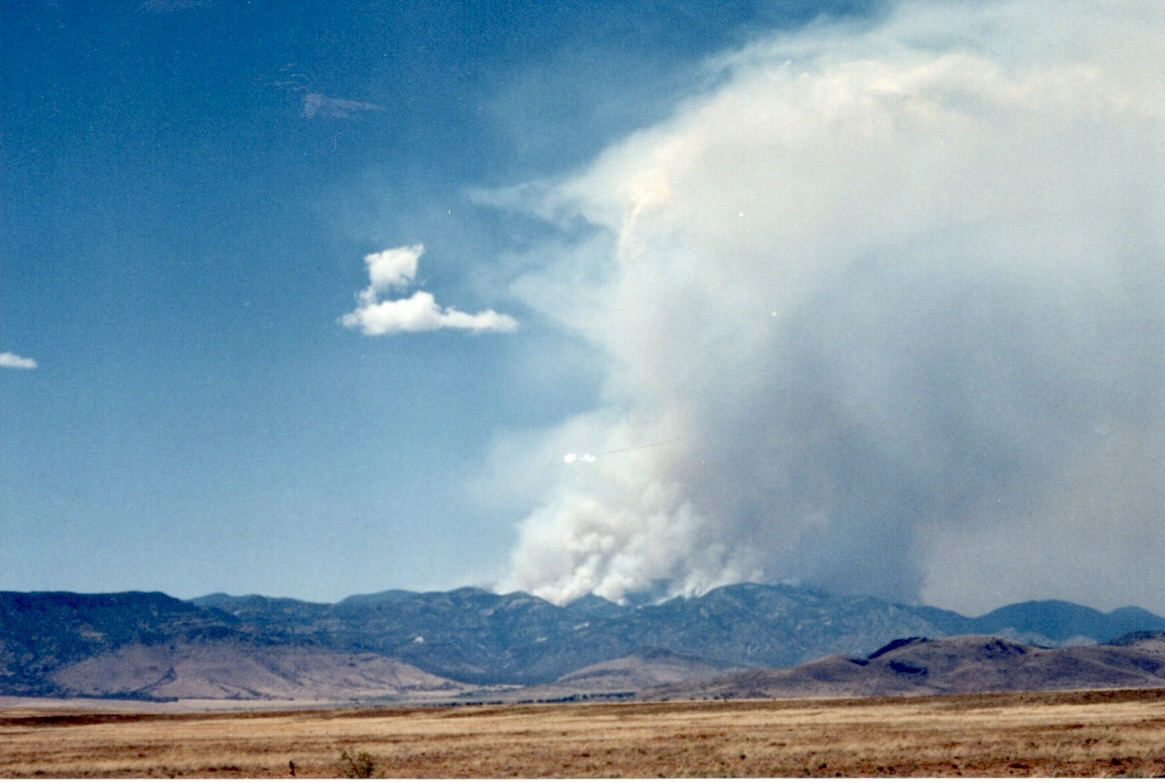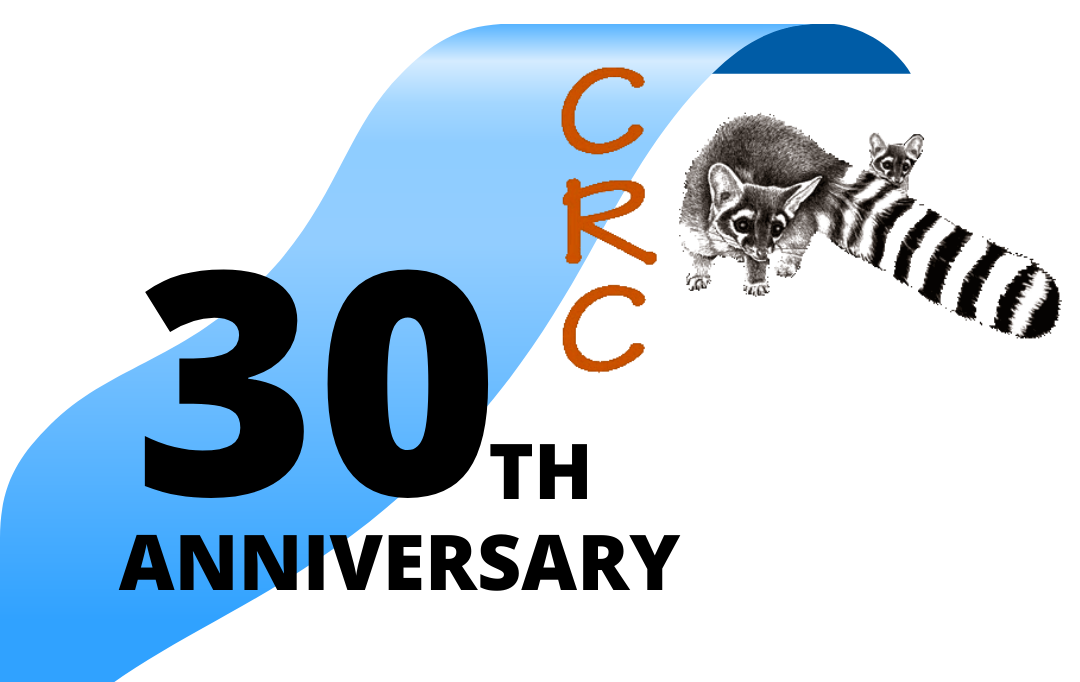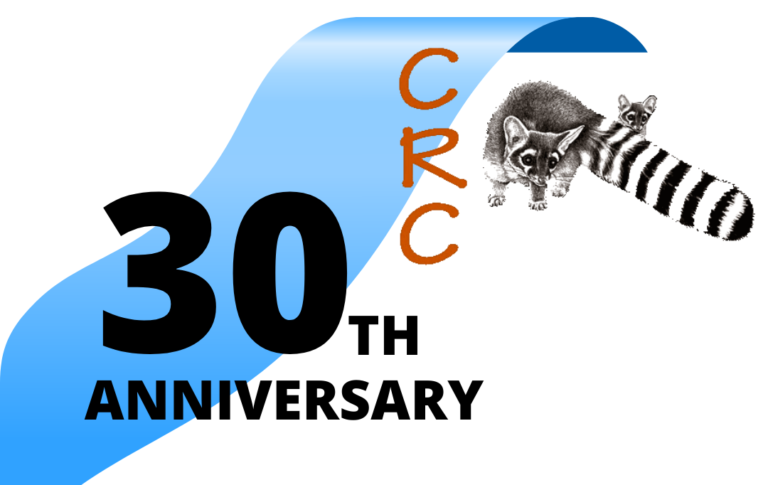3 – Rattlesnake Fire (1994)
(This is a part of a series of gleanings from the history of CRC’s 30 years of work; additional posts available here.)
In 1994 CRC was recognizing more fully that Federal agencies operating locally needed far more oversight than they had been receiving. Yes, the proposal for a National Recreation Area had been dropped, yet the Forest Service’s ambition for promoting recreation was reborn as the “Cave Creek Recreation Concept Plan.”
From June 28 through July 22, 1994, the Rattlesnake Fire burned a large part of the high-elevation forest in the Chiricahua Mountains. At the time, its size––28,000 acres––was unprecedented within our experience. About 600 acres suffered a crown fire, destroying the large pines and firs. In most areas, the fire was beneficial, clearing only the understory where fire hadn’t spread for decades. The Rattlesnake Fire had the additional benefit of delaying the new Recreation Concept Plan.

(Courtesy of the Southwestern Research Station, with thanks to Carol Simon)
CRC Director Bill McDonald reported on the Malpai Meeting of March 1993, when landowners from 30 ranches along the southern New Mexico – Arizona boundary met at the Malpai Ranch to discuss reintroducing fire into the landscape. Years of fire suppression had harmed native grasslands.
From that meeting a fire map evolved, so that agencies responsible for fighting fires would know both the ownership boundaries and the individual landowner’s preference for the kind of action that should be taken in the event of a fire. Choices ranged from full suppression (usually around structures), to monitoring, to “let it burn.” Prescribed burning of specific sites was part of a strategy aimed at recovering the natural fire cycle. Preparations were laid for the first prescribed burn project in Baker Canyon in the southern Peloncillo Mountains. From this beginning, the Malpai Borderlands Group emerged.
Vice President Al Gore had been given the task of reinventing Federal government. Applied to the Forest Service (after many seminars and town hall meetings), the foremost goal desired by the public was this: to maintain the diversity and sustainability of the environment. People also wanted FS decisions to reflect the public’s views, they wanted high-quality customer service and transparency, and they wanted respect for a diversity of perspectives and uses. CRC, in its comments, suggested “the novel concept that the Forest Service ought to speak the same language as the rest of us.”
During September 19-23, 1994, a landmark conference on Biodiversity and Management of the Madrean Archipelago: the Sky Islands of the Southwestern United States and Northwestern Mexico was held in Tucson.
Josiah Austin of El Coronado Ranch joined the CRC Board of Directors, replacing retiring Director Bill McDonald. In January 1995 Mary Winkler replaced Ed Roos as Director. Also in 1995, Alan Craig became CRC’s new Manager, taking over the task from Michael Julian.


